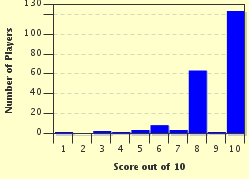
Classic Gothic Literature Trivia Quiz
Gothic literature combines elements of the supernatural, horror, mystery and romance, and has been responsible some of the most enduring characters and stories in literature. Can you match the authors to some of the best known books of the genre?
A matching quiz
by CardoQ.
Estimated time: 3 mins.
